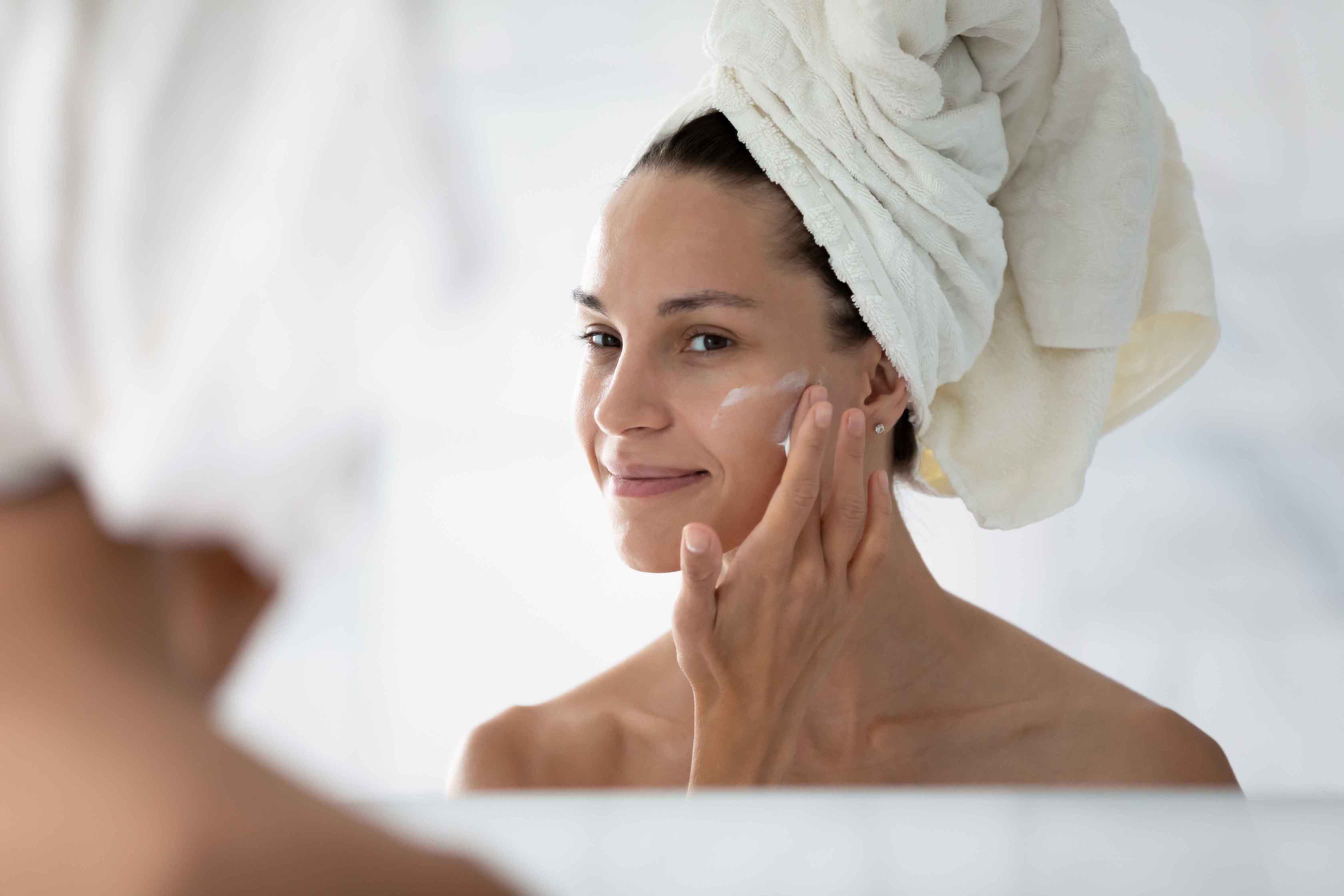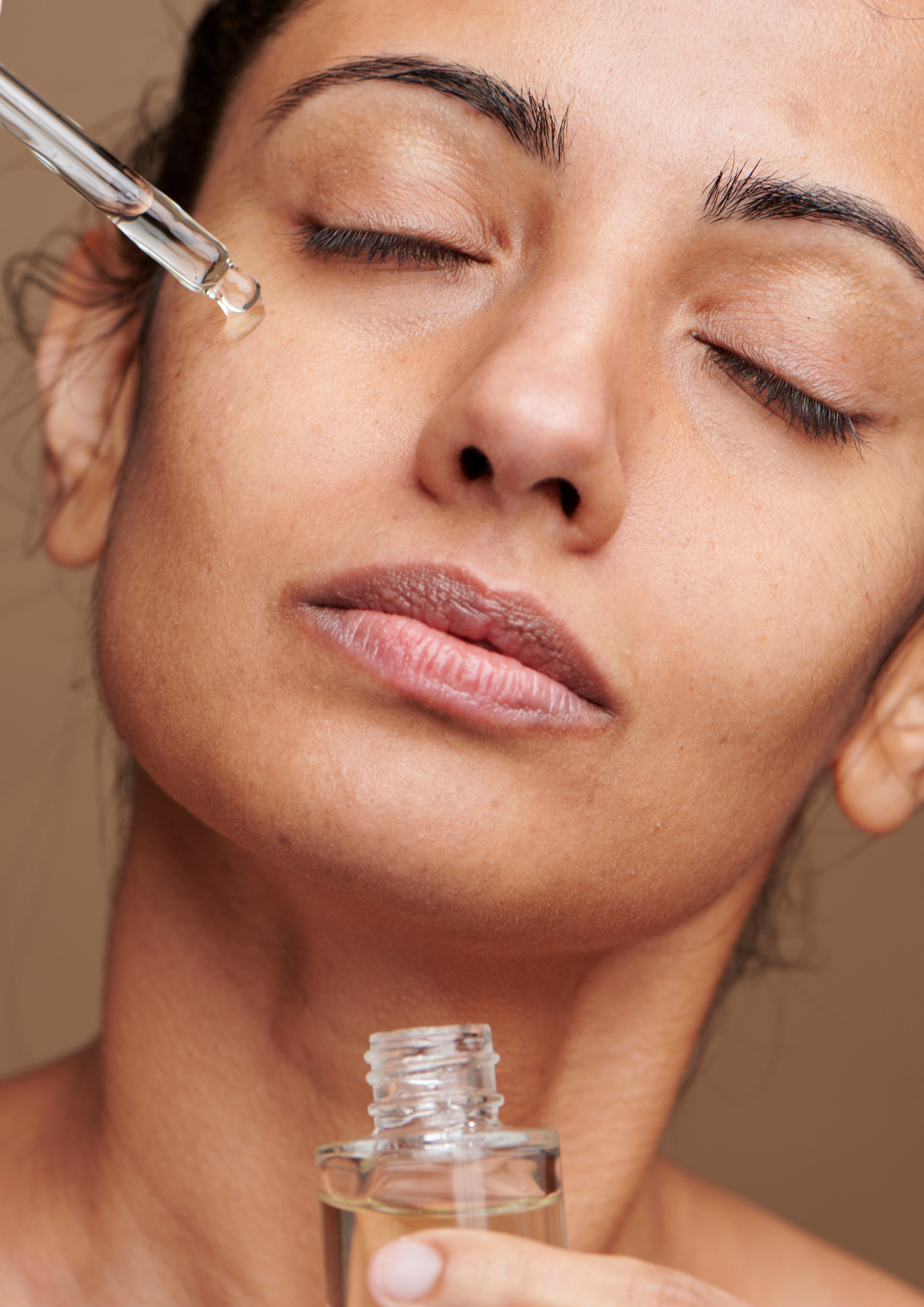Winter is officially here and our skin can tell. You may be starting to experience the symptoms of cold weather on your skin from dry patches to itchy and irritated areas. For many of us, the summer skincare habits just aren’t cutting it for this season. So what is the best skin care routine for winter? Here’s a step by step guide to treating your skin well during these colder months.
How does winter affect the skin?
As the temperature along with humidity drop in winter, our skin struggles to retain moisture. This is what leads to dry and itchy skin. Indoor heating too contributes to this phenomenon and can be very harsh on our skin since turning on a radiator or burning wood in the fireplace creates dry heat. You may notice your skin looking more dull, less radiant. Wrinkles and fine lines may also be more visible. This isn’t true just for your face: sinter weather affects other areas where the skin is often exposed like the lips and hands.
What’s the difference between a summer and a winter skin care routine?
Because of these differences in weather and humidity and how it affects the skin, it is important to have a different skin care routine for winter than for summer. While in the summer you may not need to help your skin retain moisture as much, in the winter, this should be your top priority. This means you may want to use products that support hydration and avoid things that could irritate the skin further. So what should we apply on skin in winter? Below is a winter skin care routine step-by-step, whether you have dry, combination or oily skin, you can incorporate these tips into your ritual.
Tips for winter skin care routine step-by step
1. Moisturize
Moisture is what our skin mostly needs during the winter season: if you have a dry or combination skin type you may feel this more than for those with oily complexions.
Prioritizing moisture means you may want to swap your summer light hydrating cream for a richer formula at this time. You may also want to look out for certain ingredients that are known to help the skin retain moisture such as the famous hyaluronic acid but also glycerin and panthenol. You should always apply your moisturizer immediately after cleansing and rinsing your face. This will help capture hydration and keep it within your skin.
If you do have oily skin, using richer creams to moisturize may feel too greasy for you. In this case, it is recommended to use a series of lightweight formulas including moisturizers and serums with the ingredients mentioned above and layer them rather than go for a heavy moisturizer alone.
2. Avoid harsh exfoliants
Although the skin may appear flaky and dry, using your electric cleansing brush or physical exfoliants may be way too harsh on your skin and cause further irritation. This means you may want to fargo the scrubs with large particles as they will break down your skin’s barrier. Don’t get us wrong: exfoliating is still important to do, even in winter. But, even if you have combination to oily skin, you should opt for gentler exfoliants such as a glycolic acid or a salicylic acid. These are AHA and BHA exfoliants, which are known to gently break the bonds between dead skin and the surface of the skin to have the dead cells naturally shed.
3. Hyaluronic Acid and Vitamin C Serums
Serums are a great element to have in your winter skin care routine for glowing skin. Hyaluronic acid is a substance that our body produces naturally and is present throughout the body, not just in our skin. Hyaluronic acid in the form of a serum can do wonders for your skin, especially in winter, since it helps retain water in the skin, and it is very good at it! Hyaluronic acid also allows for stretch in the skin and reduces wrinkles, which tend to appear with skin dehydration.
Vitamin C serums are also great to use in winter. Vitamin C is a powerful antioxidant that can restore radiance to dull, dry skin in the colder months. It is known to provide hydration and reduce irritation but also helps protect the skin from free radicals and brighten dark spots. It’s also proven to protect from the sun’s UVA and UVB rays, which is a great bonus all year round.
4. Homemade remedies and lifestyle
Searching the web, you’ll also find many home remedies for dry winter skin. These range from using Aloe Vera to making avocado masks, taking oatmeal baths and applying coconut oil. The efficiency of these depends on your skin type and sensitivities. But there are also a few things you can do in your home to help your skin retain moisture in the dry cold weather such as using a humidifier at home, which will ensure your indoor air isn’t as dry. In addition, making sure your shower water temperature is warm and not hot will help with preventing dry skin.
5. Keep using sunscreen!
If you read our blog regularly, you know we say this every chance we get: the sun is the skin’s biggest enemy. Its UVA and UVB rays break down collagen in our skin and damage the ability to retain moisture, which in winter, is detrimental. Applying an SPF daily is essential, even in winter: don’t be fooled by gray and rainy skies, the sun is still out there !
NEWA radio frequency therapy for winter skin care
If wrinkles and collagen loss are your usual concern and using retinoids is too harsh on your skin in winter, you may want to try radio frequency therapy.
RF devices use energy waves – known as radio waves– to help stimulate collagen production in our skin. When in contact with the epidermis, the surface level of the skin, these waves generate gentle heat, which penetrates into your skin’s deeper layer known as the Dermis. There, it stimulates the production of collagen and elastin, which results in skin firming and wrinkle reduction. This technology is non - invasive and completely pain free. RF treatments can be performed by professionals in clinics but are also available for at-home use for a fraction of the price using devices such as the FDA-cleared NEWA RF wrinkle reduction device, which is quite easy to incorporate into your winter skin care routine at home. As a bonus, the NEWA treatments feel like a warm facial massage, which in winter, is a great way to relax.
Conclusion
As the seasons change and the weather gets colder, our skin can become more dry and suffer from irritations. That’s why it might be a good idea to adjust your skincare routine to winter. Using richer moisturizers, serums that help retain moisture and making lifestyle adjustments can help greatly if you are experiencing the symptoms of winter skin. You may also want to consider trying radio frequency therapy from the comfort of your home to boost collagen without applying any harsh products to your skin.




